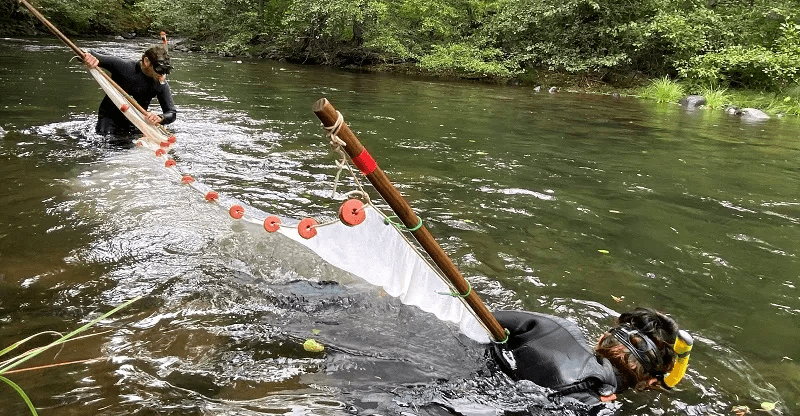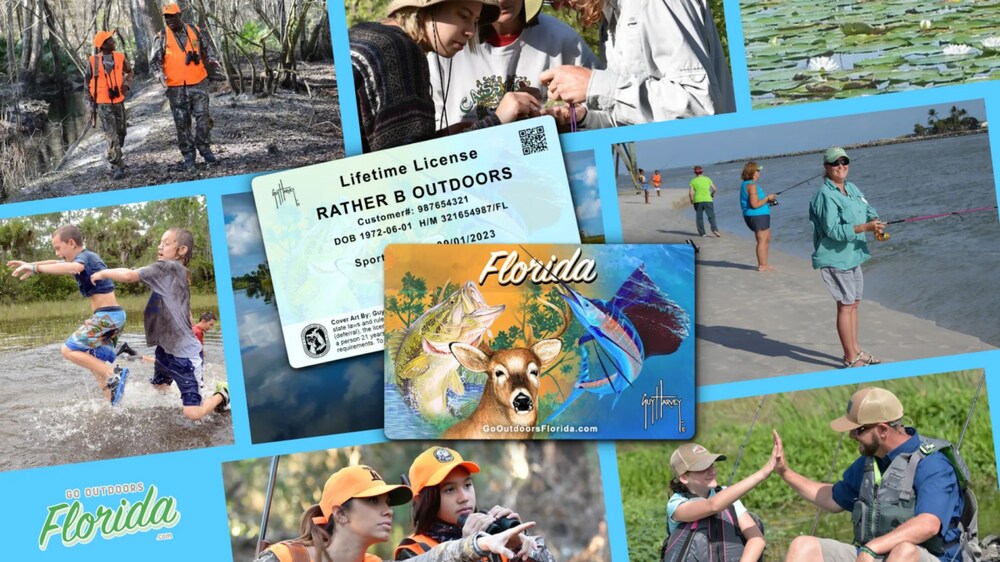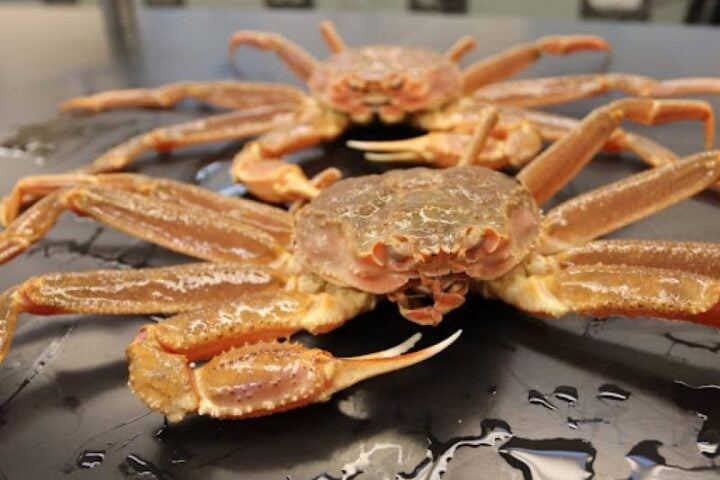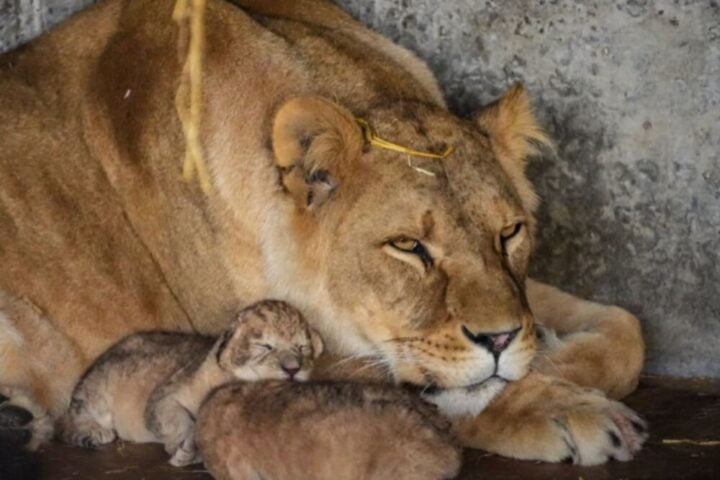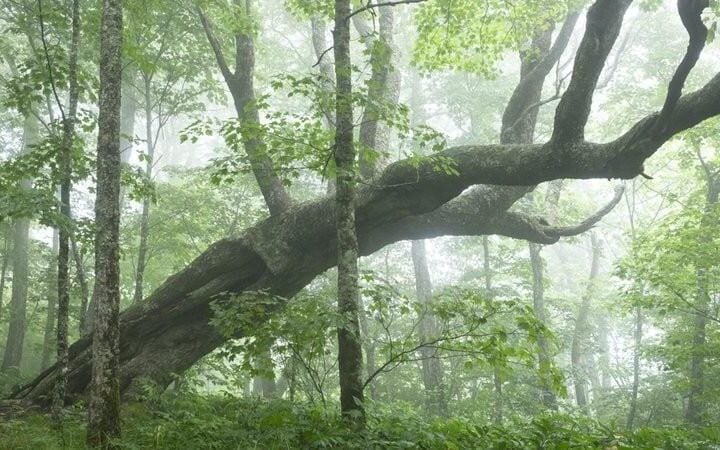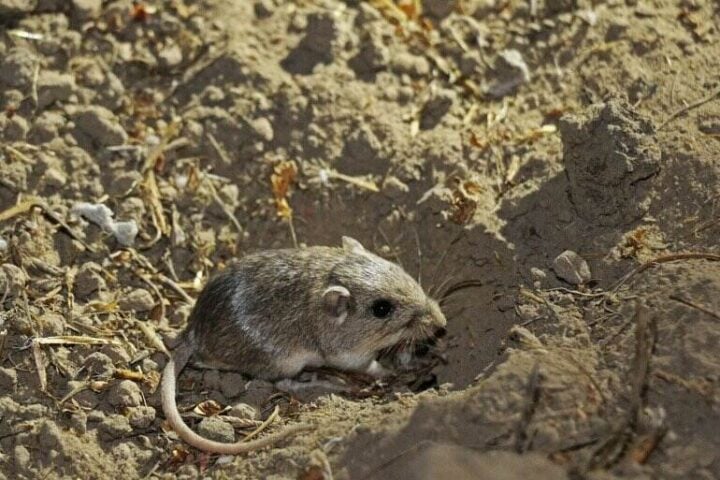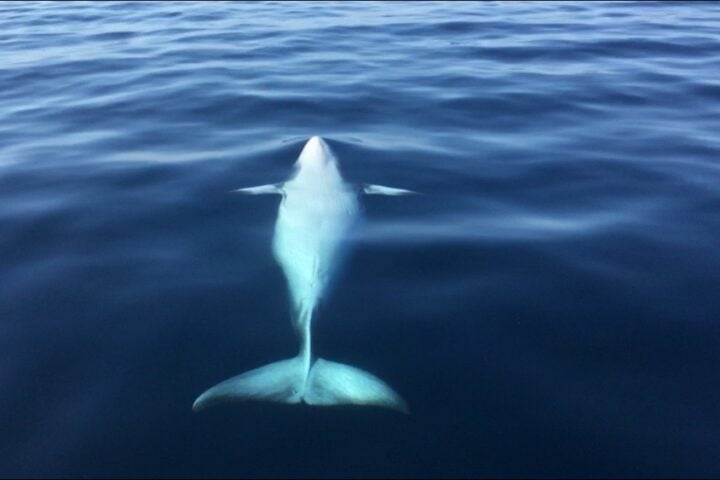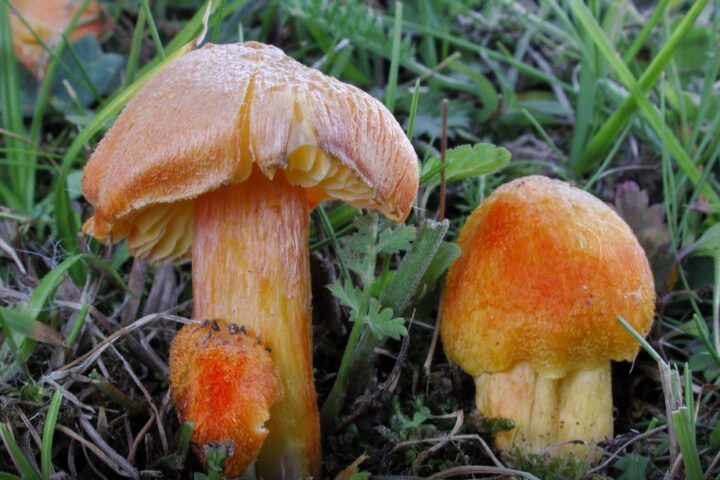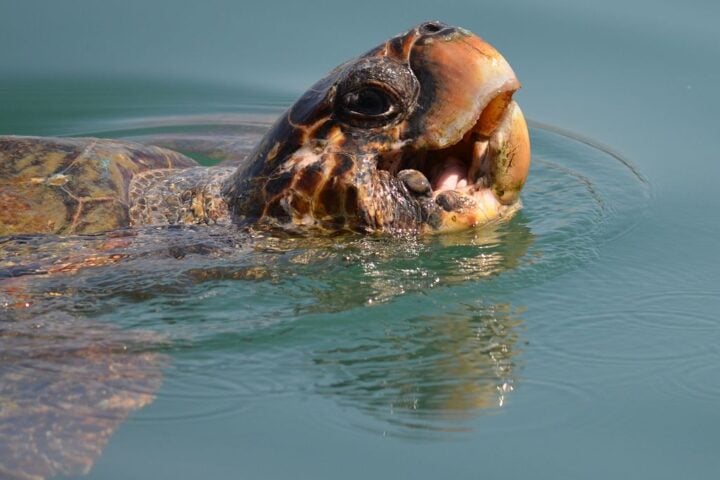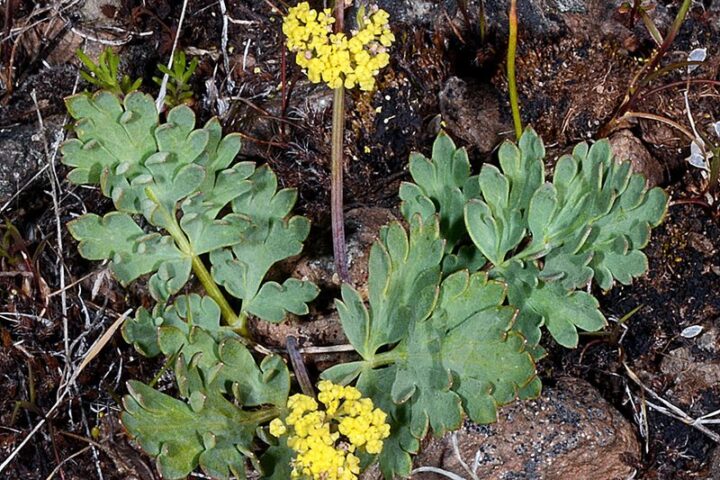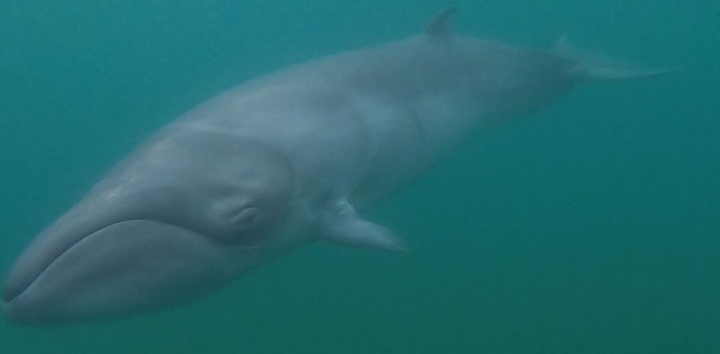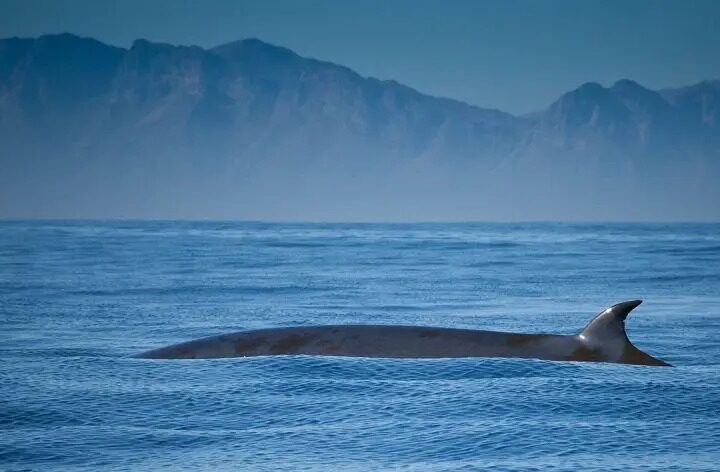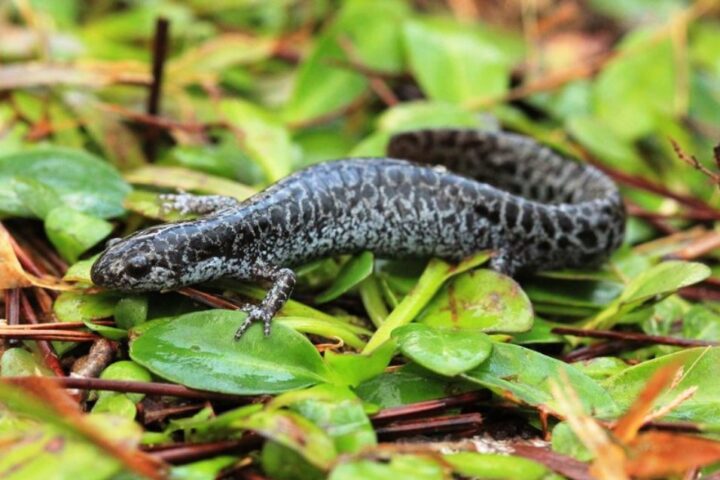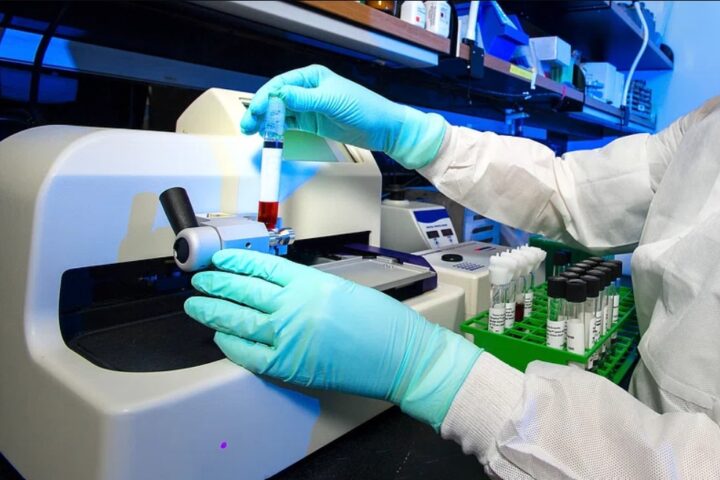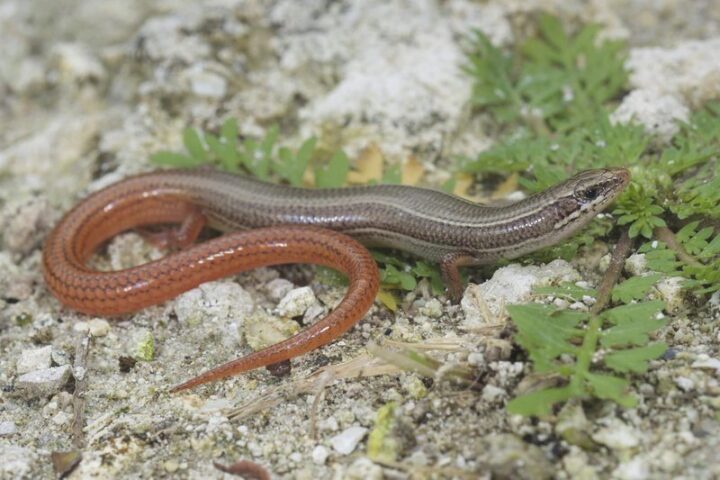In the serene waters of Mill, Deer, and Butte creeks, a silent crisis unfolds, as the Central Valley spring-run Chinook salmon teeter on the brink of extinction. This fall, biologists from the California Department of Fish and Wildlife (CDFW) and National Oceanic and Atmospheric Administration (NOAA) Fisheries are embarking on a meticulous and urgent mission, navigating through the dwindling numbers and the looming shadow of a species’ potential demise.
The term “cohort collapse” has been coined by biologists to describe the stark reality faced by the Chinook salmon this year. The species, which typically follows a 3- or 4-year life cycle, has witnessed a dramatic decline in numbers, with fewer than 25 adult fish returning to spawn in Mill and Deer Creek. Butte Creek, another vital habitat, has seen its lowest return since 1991, further exacerbated by a canal failure in the watershed.
Cathy Marcinkevage, assistant regional administrator for NOAA Fisheries West Coast region, voiced the criticality of the situation, stating, “We are running out of options. We want this species to thrive in the wild, but right now we are worried about losing them.”
The Chinook salmon, once abundant in these waters, now face a myriad of challenges, from the impacts of the 2019-2022 drought affecting multiple cohorts to the high-risk climate change poses to their survival. The species, which once spawned in the cold mountain rivers, now largely depend on the releases of cold water from reservoirs, a resource that is becoming increasingly scarce and contested.
In a bid to safeguard the genetic heritage of the species, biologists are initiating a conservation hatchery program, capturing juvenile fish from the aforementioned creeks. These juveniles will find a temporary home at the University’s Center for Aquatic Biology and Aquaculture (CABA) at UC Davis for the next two years, until a more permanent facility is identified.
Charlton H. Bonham, CDFW Director, highlighted the gravity and commitment towards the conservation efforts, stating, “We’ve got to continue to do everything we can to preserve these iconic fish.”
Similar Posts
The conservation hatcheries, while vital, are not a novel concept in the protection and recovery of imperiled salmon stocks. They have previously played a pivotal role in the conservation of the endangered Sacramento River winter-run Chinook and Central California Coast Coho salmon. However, the spring-run Chinook salmon presents a unique set of challenges and a race against time.
Nann Fangue, UC Davis professor and director of CABA, shared, “It’s a privilege to work with this species, and I’m glad we have facilities and expertise that can help.” The dedication and expertise of Fangue and her team will be paramount in navigating through the complexities of conserving the Chinook salmon.
The remaining populations of spring-run Chinook are declining at an alarming rate of more than 10% each year, facing a high risk of extinction. A population that saw a glimmer of hope with strong adult returns in 2021 was met with a tragic end, as over 90% of the fish perished before spawning due to a combination of high stream temperatures, thiamine deficiency, and a disease outbreak fueled by wildfires.
Dr. Rachel Johnson, research biologist at NOAA Fisheries’ Southwest Fisheries Science Center, emphasized the critical need for cold water for these fish, a resource that is becoming increasingly limited in California’s climate future on the Valley floor.
As scientists endeavor to maintain the genetic diversity of the species through the hatchery broodstock program, the future of the spring-run Chinook salmon hangs in a delicate balance. The intertwining of instream flow requirements, habitat restoration efforts, and the potential use of hatchery offspring to restore populations in California’s rivers presents a complex, yet vital, path forward in the conservation of this iconic species.
In the face of adversity, the collaborative efforts of biologists, researchers, and conservationists illuminate a path that intertwines urgency with meticulous care, navigating through the unseen battle to conserve the Central Valley spring-run Chinook salmon.
